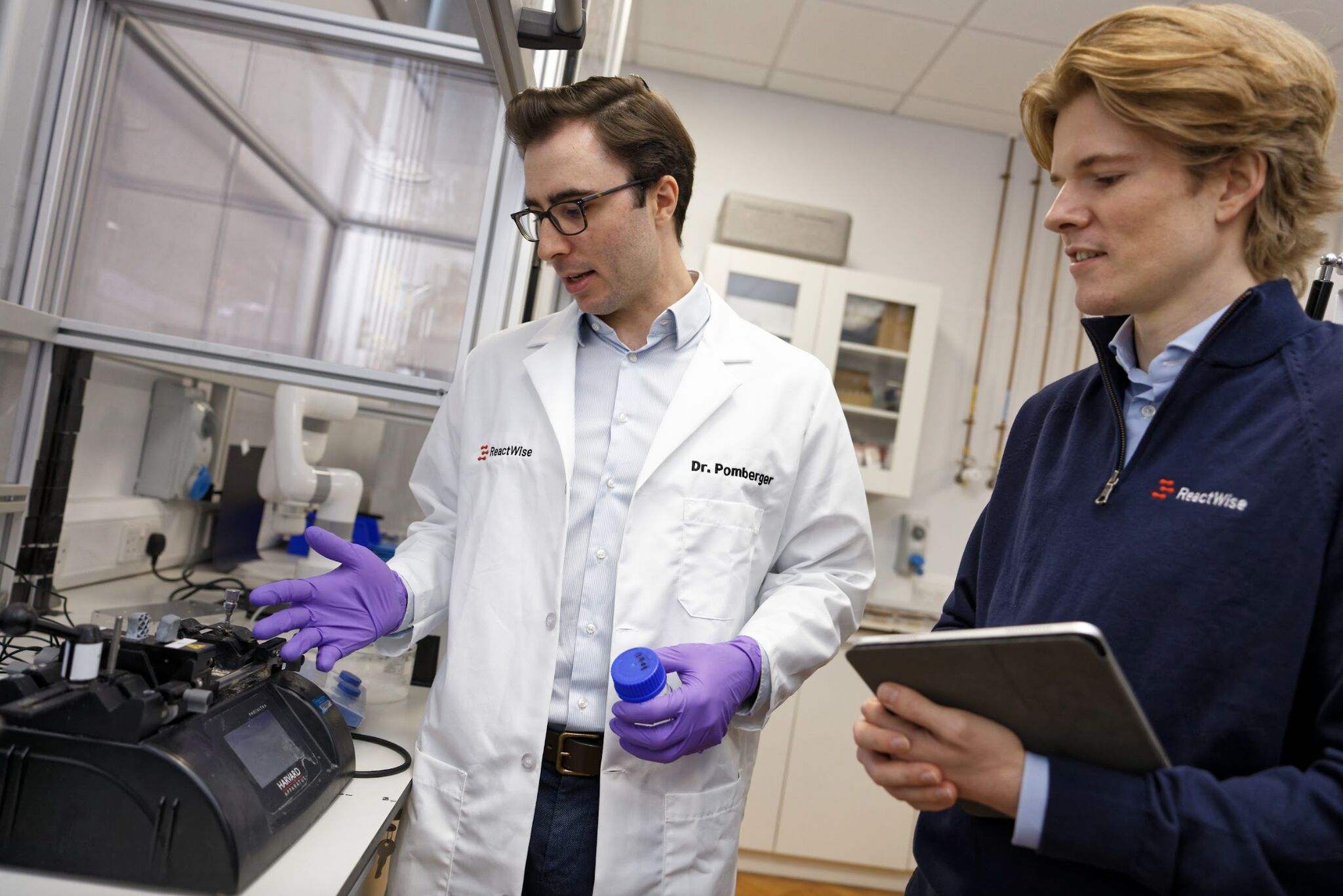
Over the past 12 months, we’ve helped R&D teams globally run thousands of experiments. Now we put together a practical guide for the top three reactions.

Over the past 12 months, we’ve helped R&D teams globally run thousands of experiments. Now we put together a practical guide for the top three reactions.
In small molecule drug development, certain reaction classes are used again and again to build the core scaffolds of active pharmaceutical ingredients (APIs). These transformations are foundational - yet optimizing them remains time-consuming, resource-intensive, and often unpredictable.
At @ReactWise, we’ve supported chemists at pharma companies and CDMOs in running intelligent optimization campaigns, designing smarter experiments, and making sense of their experimental data. Across all those campaigns, three reactions came up more than any others:
- Suzuki coupling - for forming robust C-C bonds, commonly used in arylation and biaryl motifs
- Buchwald-Hartwig amination - for creating C-N bonds, especially in nitrogen-rich heterocycles
- Amide coupling - a core step in linking building blocks, frequently seen in peptide and small molecule synthesis
Each of these reactions plays a critical role in constructing drug-like molecules - and each comes with its own optimization challenges and limitations.
Over the past year, we’ve observed consistent patterns, the desire to understand:
– Which parameters are most impactful?
– How to identify bottlenecks early?
– How to reach optimal conditions with fewer experiments?
So we put together these insights into a practical guide to help teams optimize smarter. Here a quick example:
During Suzuki coupling, electron-rich and bulky ligands often outperform standard choices when pushing past 90% yield - but only when paired with higher boronate equivalents and slightly elevated base concentrations (often >1.5x). Catalyst loading tends to have a ceiling beyond which improvements plateau.
In amide coupling, we’re seeing clear trade-offs between coupling agents, solvent effects, and reproducibility - more on that in the guide.
Want a copy?
👉 Email us to info@reactwise.com and we’ll send you the practical guides over.
Let’s make chemical development faster, leaner, and more predictable - together.


